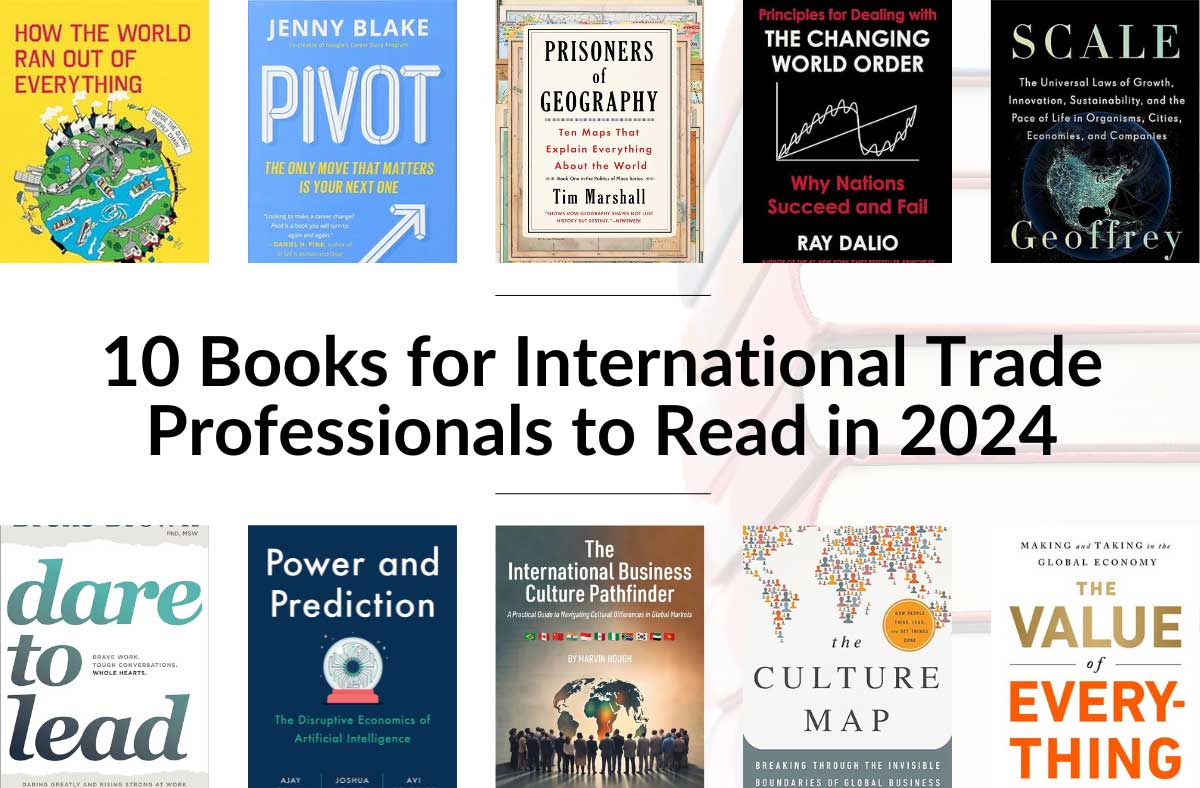
The Crystal Ball Report examines the most significant economic, political and technological issues facing Canadian business in order to forecast critical opportunities and challenges in the years ahead. This report is the culmination of extensive research and input from businesses across Canada and from the global experts who helped us gaze into the crystal ball.
Recent reports state that China’s economy is showing signs of improvement, after a volatile few years for Canada’s second largest trading partner. However, China continues to face major economic challenges, contributing to what is largely considered to be an unsustainable growth rate.
The Canadian Chamber of Commerce’s Crystal Ball Report, released in January, asserts that China will remain one of the world’s biggest contributors to global growth in 2016-2017. Unfortunately, the fact that China is such a major player in the world’s economy means that a slowdown in the region will have an impact worldwide.
Naturally, Canada’s exporters will feel the hit from a downturn in demand from the world’s biggest commodity consumer.
According to Jill MacLeod, Regional Chair for Canada with Cornerstone International Group:
“Canada’s economy is also directly affected by what is happening in China, where a weaker appetite for resources is depressing prices for oil, coal, copper and many of the key commodities that dominate this country’s exports and investments.”
China’s challenges:
“The big challenge for China is that it has to reform everything at the same time,” explains Mark Zandi, Chief Economist for Moody’s Analytics.
From an export-led economy to a consumer-driven one. From state-owned enterprises dominating to the private sector taking over. From a state-controlled financial system to market-driven banks. From a pegged currency to an open capital account. This is a tall order.
The Crystal Ball Report cites three major challenges for China’s economy this year: skyrocketing debt, a slowing growth rate, and an overheated housing market.
1. China’s debt has nearly quadruples since 2007, from $7 trillion to $28 trillion in 2014
The nation’s debt has risen to 282% of the GDP as China has increasingly used credit to fuel its growth. This staggering debt is now larger than the U.S. and Germany’s total credit. What has caused this dramatic increase in the country’s debt load? Over half of it is tied up in loans associated with China’s overvalued housing market.
2. China’s property market shows signs of massive oversupply
The country’s unsold home inventory reached an all-time high of almost 70 million homes, up 17.8% from the previous year. This represents almost 700 million square metres of unsold properties; a new record for China’s housing market. After prices fell for almost 18 months straight, the government took steps to stabilize the mortgage market.
Stimulus efforts began in 2014, and have recently expanded to included reductions to minimum required down payments for first and second time home buyers. More stimulus measures are expected this year as well, including interest rate cuts and lowering banks’ reserve requirements.
3. Steadily declining growth rate
Exports out of China are not expected to maintain their current rate due to the slowing global economy and a less competitive labour market. The projected GDP growth has dropped to 6.5% in 2016, followed by 6% in 2017.
This decrease represents a slowdown, from 10.4% in 2010, but not a crash.
China’s government has the tools to intervene before a dramatic crash happens, such as a $3.5 trillion foreign exchange reserve.
The forecasted continued lowering of interest rates throughout 2016 will contribute to a modest depreciation in the RMB. It’s possible that we could see a 10% depreciation in the renminbi, bringing it back to where it was in 2011.
Growing middle class means stress on resources (but opportunities for exporters to China)
Despite China’s economic challenges, every year, 30 million people are added to China’s middle class. As this segment of the population increases, so will the need to spend on cities, roads, power grids, and other infrastructure. This is a great opportunity for exporters, as demand for commodities and services increase in the world’s biggest market.
Chinese citizens typically save a much higher percentage of their income than North Americans. Though the country’s average wage savings rate is a staggering 32%, even a small increase in spending would have a huge impact on the economy from consumption.
The bottom line for Canadian exporters is to be cautious but optimistic. Though China’s slowdown continues to have an impact on business worldwide, there is potential for an increase in demand and spending in some areas, particularly in services.








disqus comments